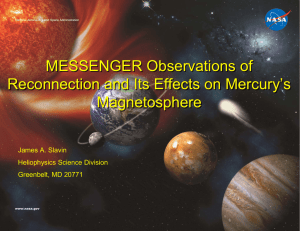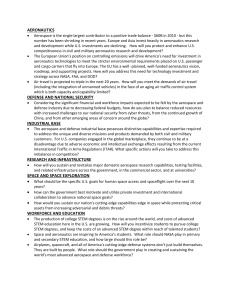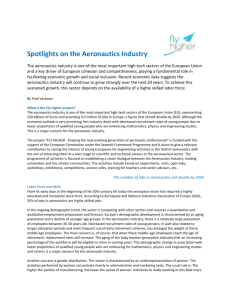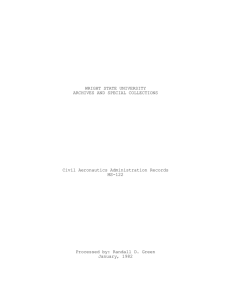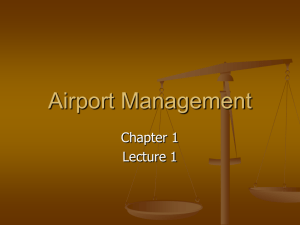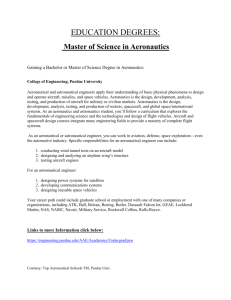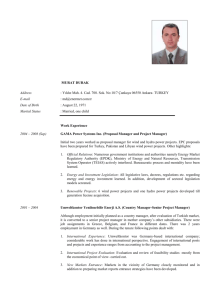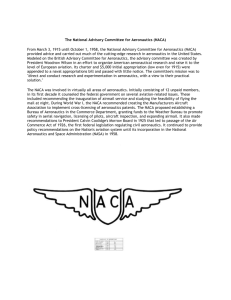A Comparative Examination of Plasmoid Structure and Dynamics at
advertisement
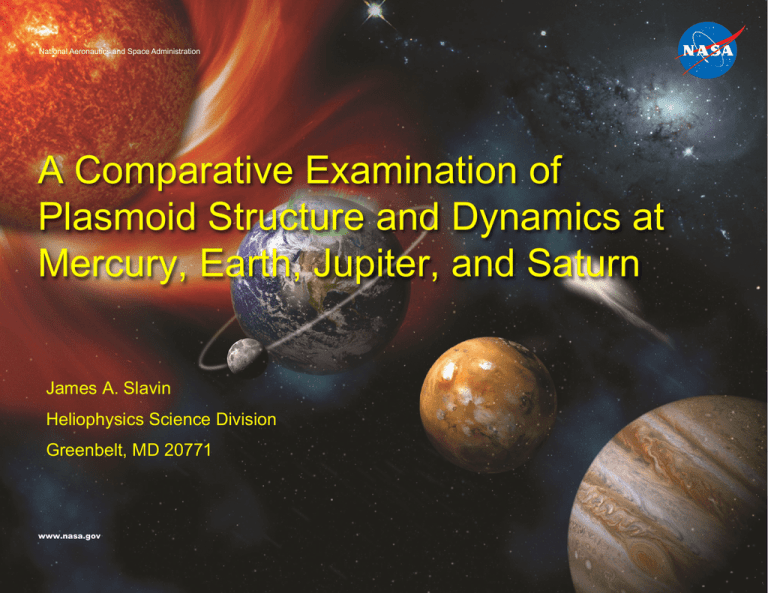
National Aeronautics and Space Administration A Comparative Examination of Plasmoid Structure and Dynamics at Mercury, Earth, Jupiter, and Saturn James A. Slavin Heliophysics Science Division Greenbelt, MD 20771 www.nasa.gov Planetary Magnetospheres National Aeronautics and Space Administration Your Title Here 2 What are Plasmoids and TCRs? 1. Plasmoids are parcels of magnetospheric plasma ejected down the tail by J x B, pressure gradient and/or centrifugal forces after their flux tubes are reconfigured into flux ropes by reconnection. 2. The effects of Plasmoid formation and ejection are felt over a large portion of the tail as a result of lobe magnetic field draping about the flux rope. These lobe signatures are termed traveling compression regions (TCRs) because they move with the plasmoid. 3. Many TCRs are observed for every plasmoid due to their differing spatial extents. National Aeronautics and Space Administration Traveling Compression Region (Slavin et al., GRL, 1984) Why are Plasmoids Important? 1. Magnetospheric convection is impossible without the loss of plasma down the tail through Plasmoid ejection; without plasmoids the flux tube contraction required to complete the Dungey and Vasyliunas-type plasma circulation would be stopped by adiabatic compression (Erickson-Wolf Effect). 2. Plasmoid properties are a key source of information on the reconnection process – reflecting the time of onset, properties of the flux tubes that merge and the number, location, and intensity of X-lines. National Aeronautics and Space Administration Earth National Aeronautics and Space Administration Plasmoid Evolution National Aeronautics and Space Administration Ieda et al. (JGR, 1998) -6- BBF-type and Plasmoid-type Flux Ropes BBF-type Flux Ropes National Aeronautics and Space Administration Plasmoid-type Flux Ropes Dungey Cycle Loading - Unloading Slavin et al. (1993) Slavin (1998) National Aeronautics and Space Administration 8 Mercury National Aeronautics and Space Administration Steady Southward IMF & Periodic Plasmoids at Mercury Slavin et al. (Science, 2009) National Aeronautics and Space Administration - 10 - Tail Loading – Unloading & Plasmoid Ejection National Aeronautics and Space Administration Tail Loading – Unloading & TCRs National Aeronautics and Space Administration 12 Mercury Plasmoid Duration National Aeronautics and Space Administration Your Title Here 13 Near0Mercury Neutral Line Locations National Aeronautics and Space Administration Your Title Here 14 Jupiter and Saturn Earth Jupiter and Saturn National Aeronautics and Space Administration Periodic Plasmoids at Jupiter Huang et al. (JGR, 2003) (Kronberg et al., JGR, 2007) National Aeronautics and Space Administration Saturn Plasmoids Hill et al. (JGR, 2008) National Aeronautics and Space Administration Jackman et al. (JGR, 2008) Saturn Multiple Plasmoid Event National Aeronautics and Space Administration Your Title Here 18 MHD Simulations of Mercury Plasmoid Ejection Mercury Kidder et al., (JGR, 2009) National Aeronautics and Space Administration MHD Simulations of Saturn Plasmoid Ejection National Aeronautics and Space Administration Jia et al. (2010) Assessment 1. 2. 3. Plasmoids and TCRs need to be surveyed and modeled at all Four Magnetospheres using similar criteria with durations of seconds to hours. Effect of Magnetic Flux Transfer (Dungey Cycle) and Internal Mass Addition Rates (Vasyliunas Cycle) on plasmoid topology and X-line location needs to be determined and understood. The effects of heavy ions and finite gyro-radius effects on current sheet stability and reconnection needs to be determined for Mercury, Saturn, and Jupiter. National Aeronautics and Space Administration Your Title Here 22
